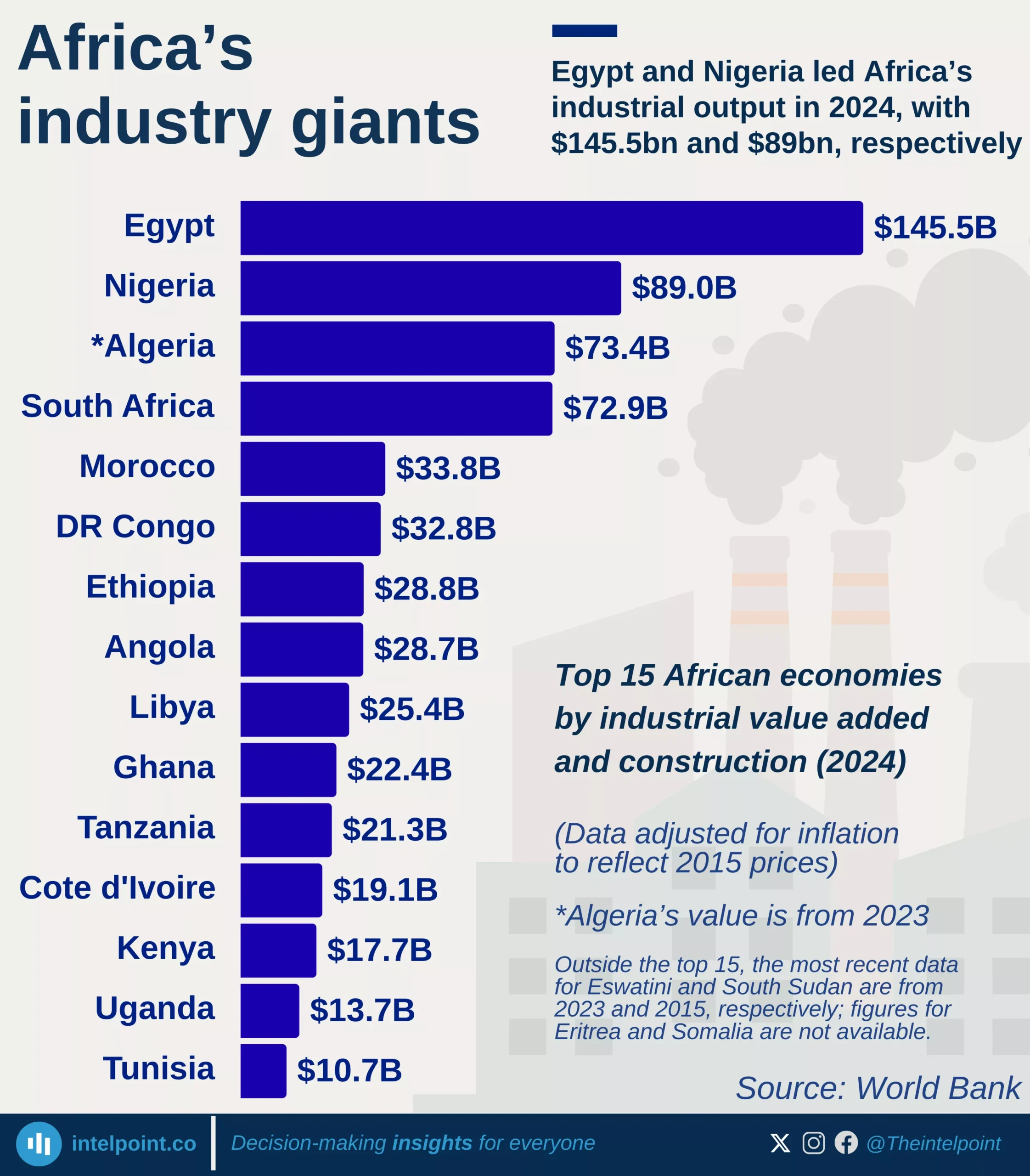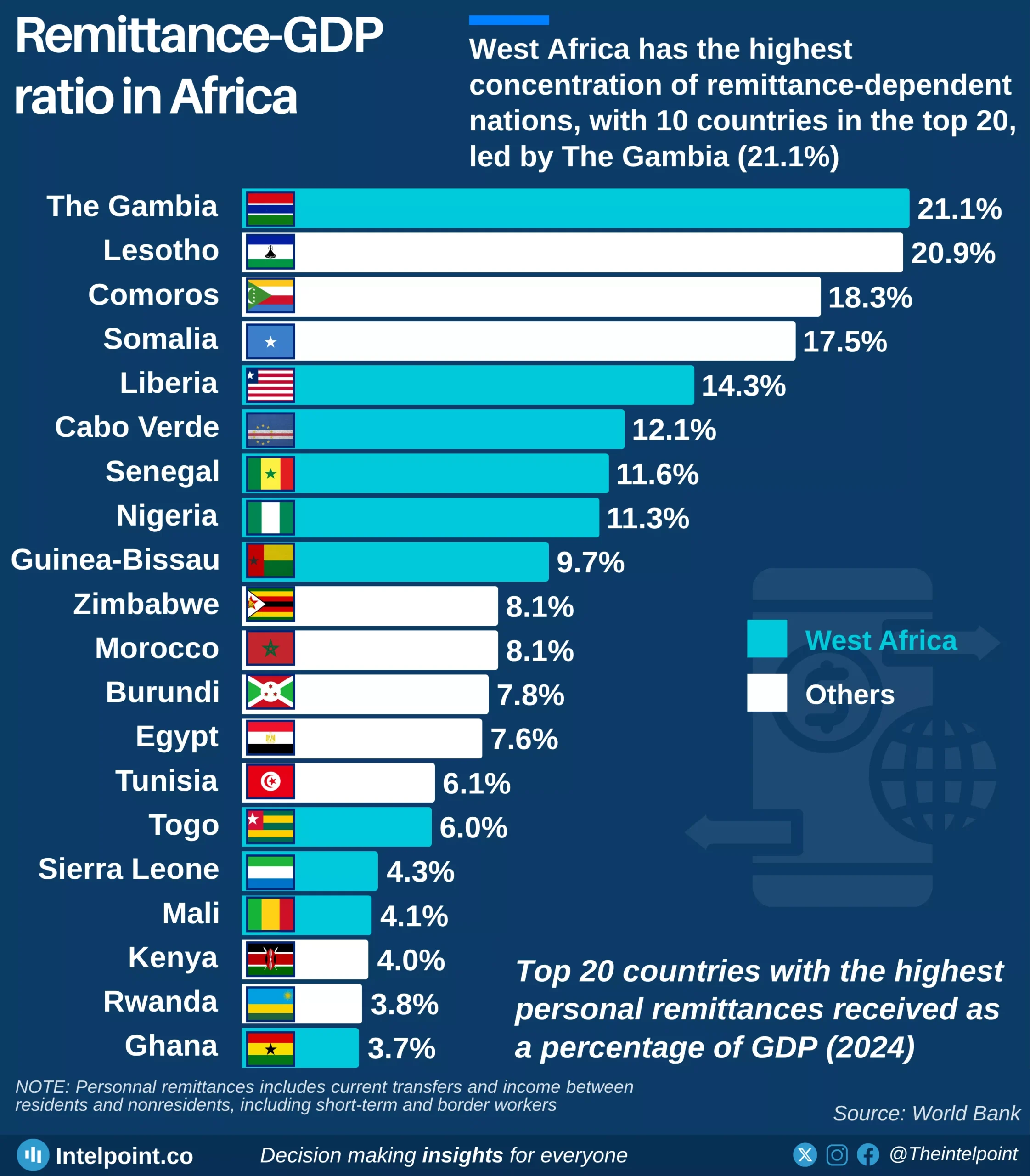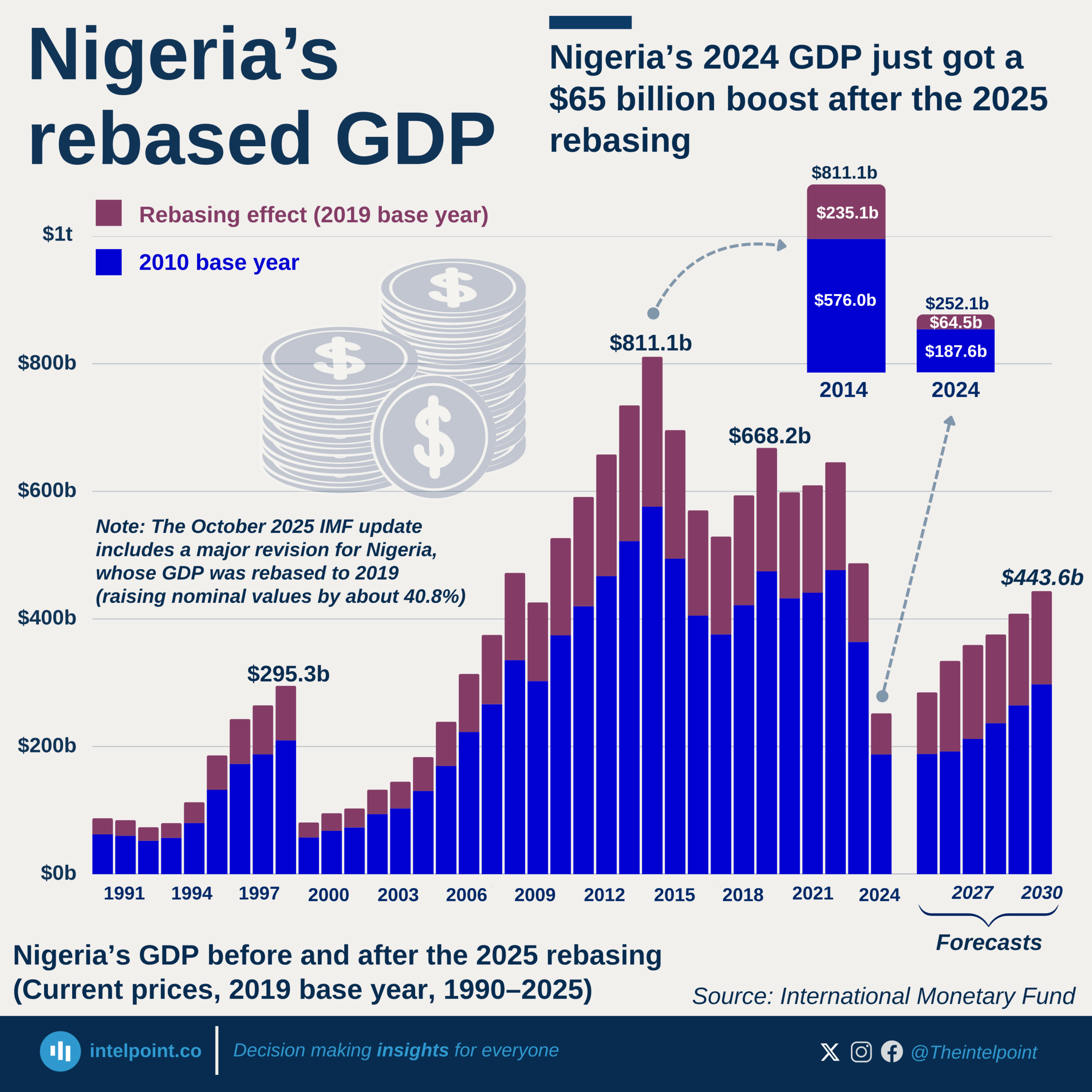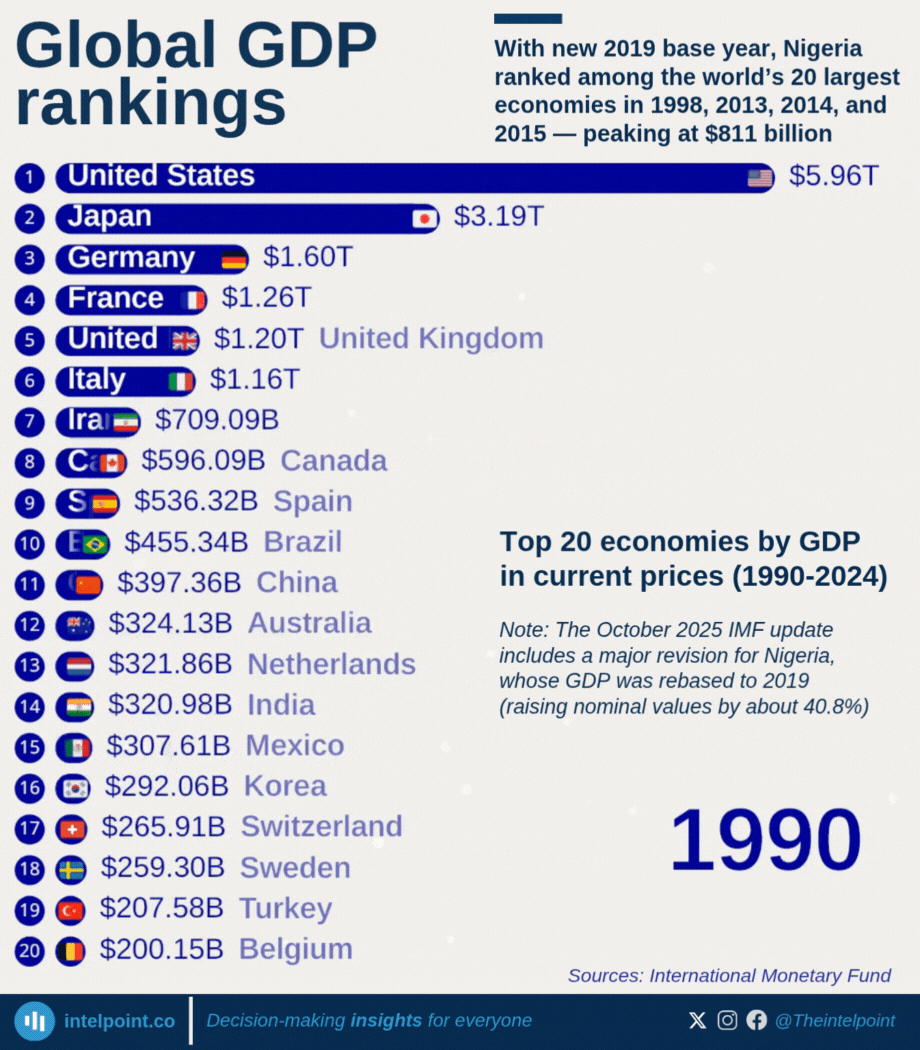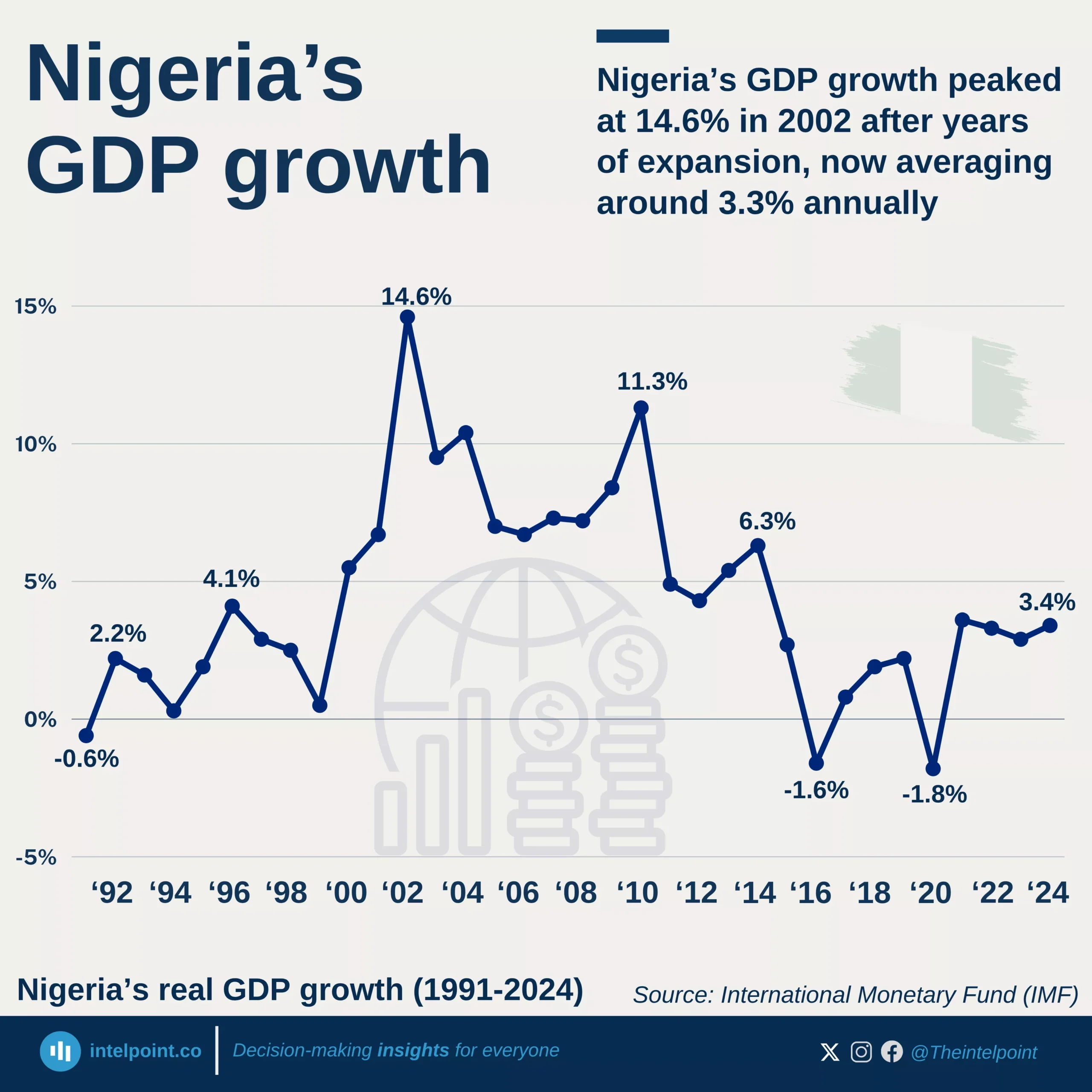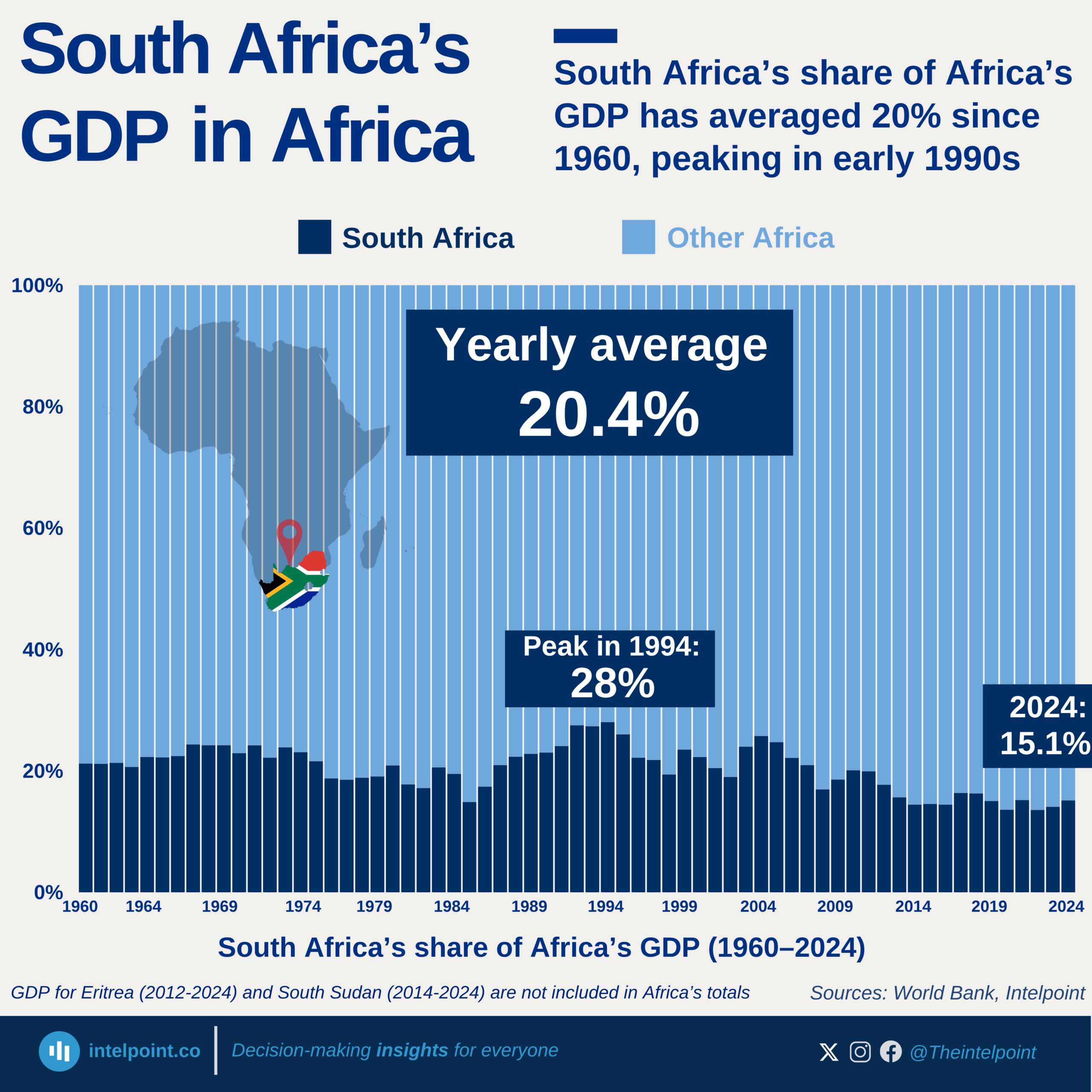In 2000, Morocco’s GDP per capita was $1,499, reflecting modest economic footing. By 2001, it inched upward to $1,506. From then, the country experienced a consistent growth, reaching its peak in 2008 ($3,183.2.) The years 2003–2008 stand out as a high-growth phase, with GDP per capita rising rapidly from $1,942 to $3,183. The following year, 2009, saw a modest decline, with the figure slightly lowering to $3,120. A further drop to $3,068 occurred in 2010.
In 2011, the economy rebounded with a 7.6% uptick to around $3,302, while 2012 brought a 4.2% downturn, reducing GDP per capita to about $3,164. The figure rose in 2013, reaching $3,380. A modest growth in 2014 took GDP per capita to $3,435.
However, in 2015, the economy contracted, lowering GDP per capita to $3,146. The figure further declined in 2016 to $3,141. Recovery resumed with 5.0% growth in 2017, pushing the figure to $3,297.
The COVID-19 shock hit in 2020, causing a 6.8% decline to around $3,268. In 2021, a dramatic 15.6% rebound took GDP per capita to $3,786. The recovery faltered in 2022 and dropped to $3,455.
Overall, the period from 2000 to 2024 depicts a more than twofold increase in Morocco’s GDP per capita, moving from $1,499 to $3,993.
